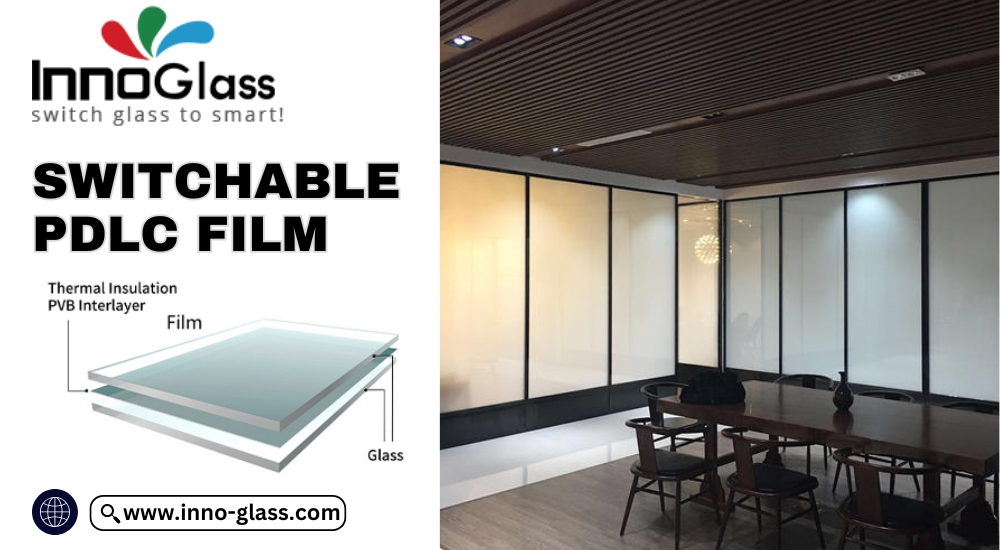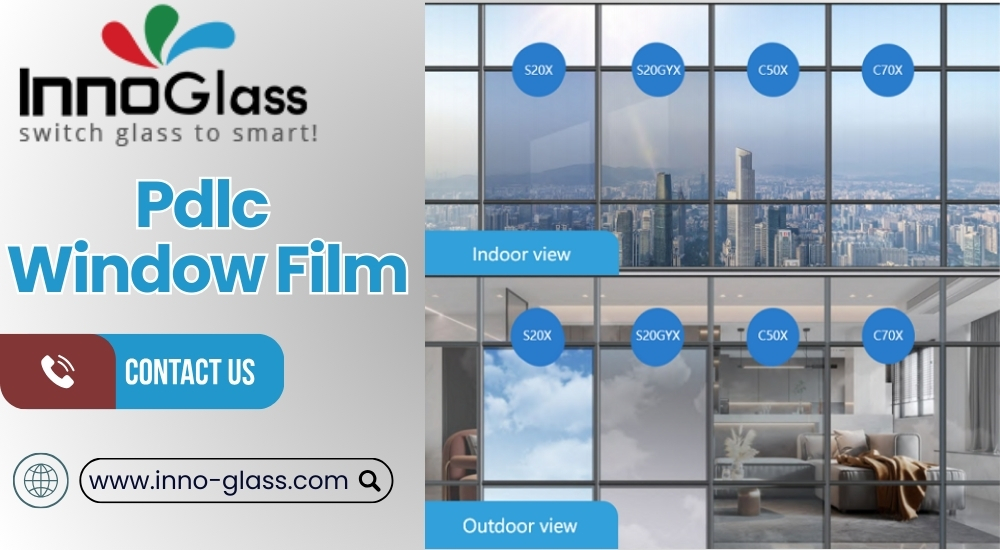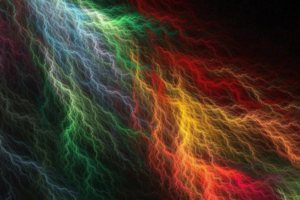In the world of modern architecture and interior design, innovation knows no bounds. Among the most remarkable advancements is the advent of Switchable PDLC (Polymer Dispersed Liquid Crystal) film. The versatility of smart PDLC Window Film opens up a world of possibilities in both residential and commercial settings.
This cutting-edge technology offers the ability to transform glass surfaces from transparent to opaque at the flick of a switch, providing a myriad of practical and creative applications. In this blog, we will explore the overview, advantages, and potentials of Smart PDLC Film for modern applications.
Understanding The Basics Of Switchable PDLC Film
Switchable PDLC Film is a remarkable electrochromic material that consists of a liquid crystal layer embedded within a polymer matrix. In its natural state, the film allows light to pass through, making the glass surface appear transparent. However, when an electric current is applied, the liquid crystals align, scattering light and causing the film to become opaque or frosted.
This instantaneous transition provides privacy, glare control, and an added aesthetic dimension to various spaces. Also, PDLC Glass can be customized to specific shapes and sizes, making it compatible with a wide range of glass surfaces, including windows, doors, partitions, and even curved or irregularly shaped elements.
Practical Applications Of Smart PDLC Glass
Discover the immense practicality of Smart PDLC Film. From creating private meeting rooms in offices to offering patients a serene healthcare environment, this innovative technology provides instant privacy while still allowing natural light to flow through. Explore its diverse applications in various settings.
- In offices, it can be used to create instant privacy for meeting rooms or partitions, offering confidentiality when needed and an open atmosphere when desired. This flexibility promotes collaboration and productivity among team members.
- In healthcare facilities, it can be utilized on windows or partitions to provide privacy for patients while still allowing natural light to enter. It creates a comforting and soothing environment, contributing to the healing process.
- Similarly, in hospitality settings, Smart & Switchable PDLC film can be used in bathrooms or glass dividers to enhance privacy for guests. It allows them to enjoy their stay without compromising on comfort and relaxation.
- Additionally, it finds application in residential spaces, such as bathrooms, bedrooms, or glass doors, where privacy control is essential. It enables homeowners to personalize their living spaces according to their preferences and needs.
- Moreover, Switchable PDLC Film is increasingly being adopted in educational institutions. It can be used on classroom windows or glass partitions, offering teachers the ability to quickly transform the space for presentations or examinations while maintaining an open and inclusive learning environment.
- Architects and designers are also integrating the film into facades, creating dynamic and interactive building exteriors that respond to changing lighting conditions. Retail stores can utilize it in display windows, adjusting the level of transparency to enhance product visibility or create intriguing visual effects.
Conclusion
The benefits of smart and switchable PDLC Glass are numerous. It offers privacy control without sacrificing natural light, making it a versatile alternative to traditional blinds or curtains. Its ability to instantly switch between transparency and opacity provides flexibility and adaptability for different environments.
In fact, Smart PDLC Glass has revolutionized the way we interact with glass surfaces. Its ability to transform from clear to private in an instant, ensures practicality, versatility, and creative freedom. As this technology continues to advance, we can expect to see even more exciting and innovative applications in the future.
To know more about these products visit our website inno-glass.com/.





















